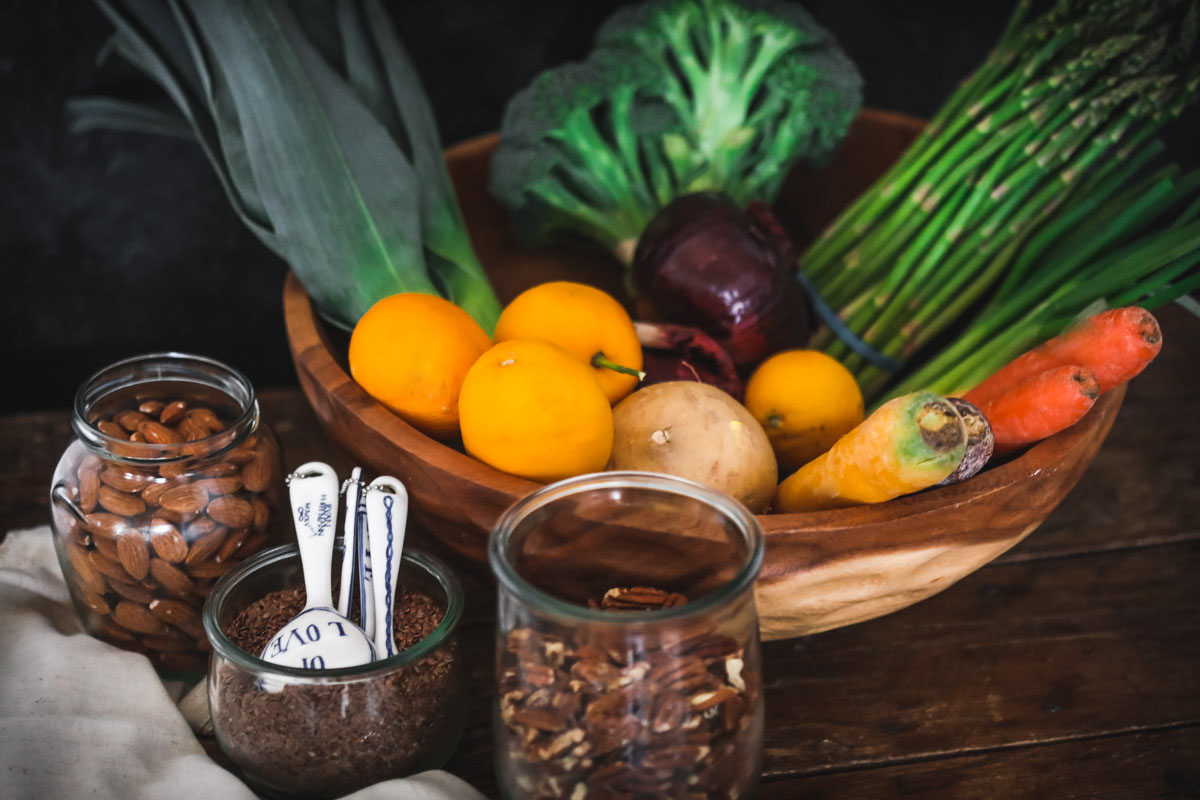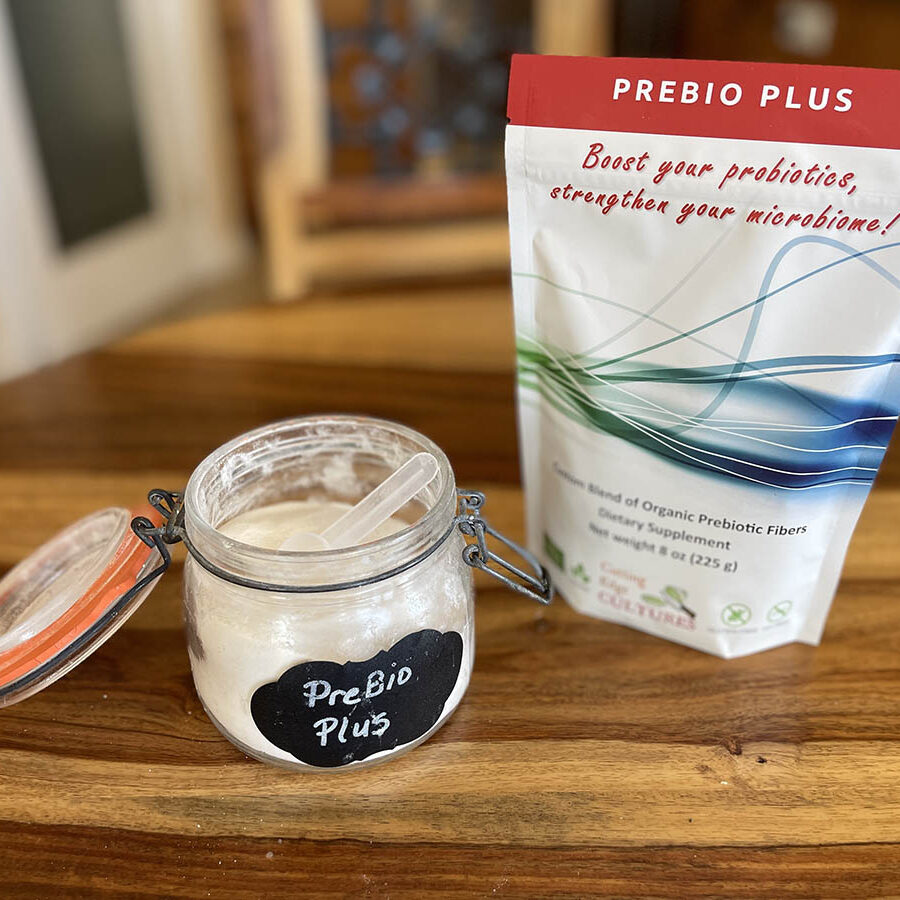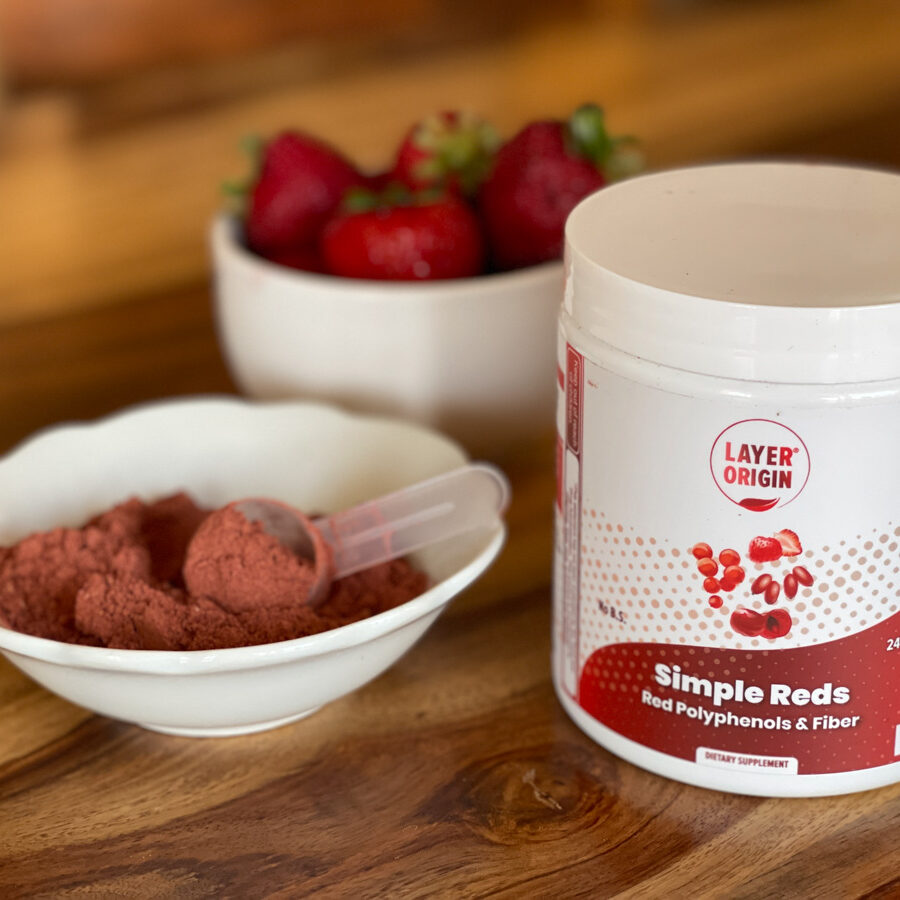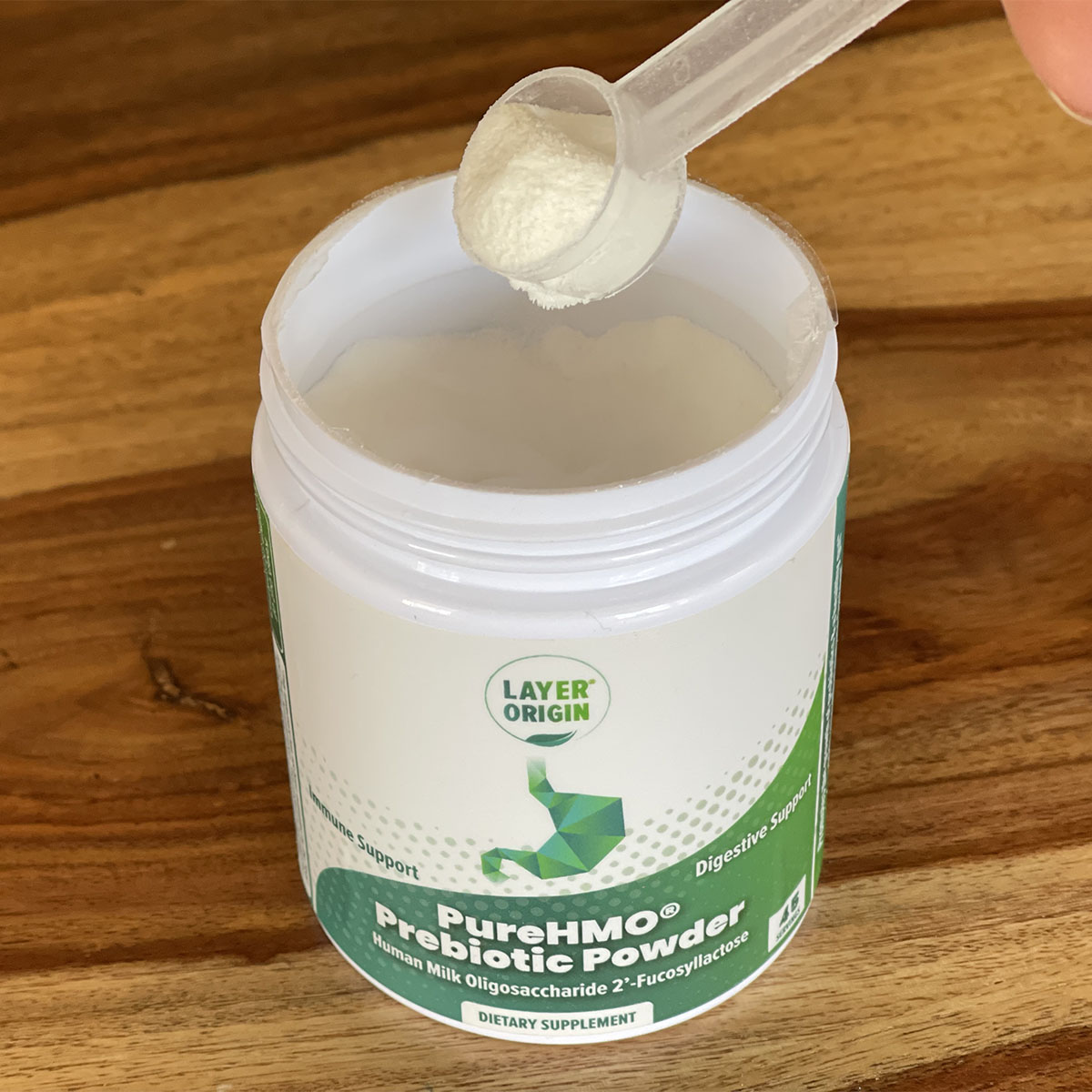
What Do Your Gut Bacteria Eat?
What Do Your Bacteria Eat?
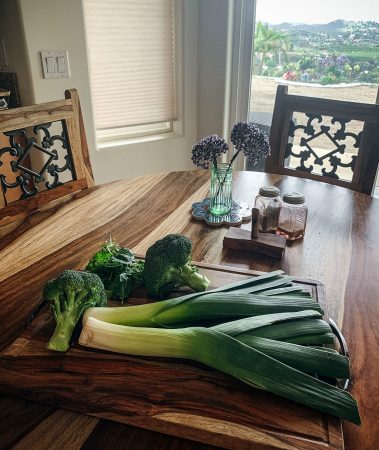 You are what your bacteria eat. It sounds like a science fiction movie, that deep within our gut is an entire ecosystem which is affecting both our cravings and moods to get us to eat what they want.
You are what your bacteria eat. It sounds like a science fiction movie, that deep within our gut is an entire ecosystem which is affecting both our cravings and moods to get us to eat what they want.
Is that crazy or what? But it's true. Some of these microbes want fat and others want sugar, and they fight for nutrients. They do this so they can stay alive and dominate the gut by sheer numbers alone. They influence our decisions by releasing signaling molecules into our gut. Since the gut is the second brain and linked to our immune system, the endocrine system, and the nervous system those signals influence our physiological and behavioral responses. Let's face it - we all know we should eat more healthy foods. You have to be living under a rock to not know that we should be eating more fruits and vegetables, so why don't we do this? Well, the makeup of your bacteria is a huge part of who you are. You're 99% microbial more than anything else, and what you feed these trillions of microbes will greatly affect your life, your cravings, and your mood.
Our diets have a huge impact on microbial populations in the gut. It's a whole ecosystem, and it's evolving on the time scale of minutes. Carlo Maley, Ph.D., director of the UCSF Center for Evolution and Cancer says, "Bacteria within the gut are manipulative. There is a diversity of interests represented in the microbiome, some aligned with our own dietary goals, and others not. Fortunately, it's a two-way street. We can influence the compatibility of these microscopic, single-celled houseguests by deliberately altering what we ingest," according to Maley, "with measurable changes in the microbiome within 24 hours of diet change.”
There are even specialized bacteria that digest seaweed found in humans in Japan where seaweed is popular in the diet. These bacteria are unique to them as their microbes adapted and multiplied because of their diet.
You Can Easily Change or Manipulate Bacteria
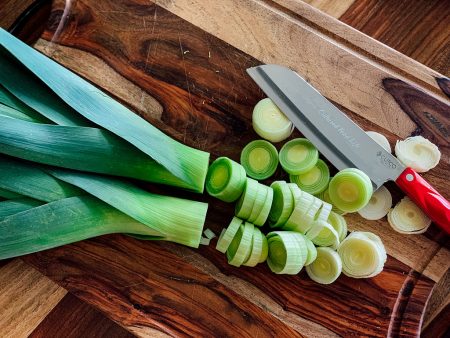
Dr. Aktipis, who is currently in the Arizona State University Department of Psychology says, "Microbes have the capacity to manipulate behavior and mood through altering the neural signals in the vagus nerve, changing taste receptors, producing toxins to make us feel bad, and releasing chemical rewards to make us feel good."
You can easily change or manipulate bacteria that reside within by ingesting prebiotics, probiotics, and cultured foods, by taking antibiotics, and making dietary changes. This isn't just researching to me - I've lived this in my own personal life and I manipulate my own diet to change food cravings. The change happens in less than a day. Cultured foods have a huge impact on how you feel and what you crave, but combine them with prebiotic foods (fiber and food for bacteria) and you'll be shocked how much control this gives you over your life.
Remember the arcade game PAC-MAN, where the yellow PAC-MAN eats his way through a maze of dots? I'm going to relate this to prebiotics and probiotics within your gut: PAC-MAN is the probiotic and the dots are prebiotics. Makes more sense now.
Foods For Your Bacteria
The bacteria in your body, especially in your gut, are like little gardeners, helping to cultivate your health from the inside out. They thrive on a variety of natural, whole foods—particularly prebiotics, which are special types of dietary fibers that your body can’t digest, but your gut bacteria love.
Here’s a breakdown of what these bacteria eat:
- Prebiotic Fibers: Found in foods like garlic, onions, leeks, asparagus, and bananas. These fibers fuel beneficial bacteria, like Bifidobacteria and Lactobacilli, helping them to flourish.
- Resistant Starch: This type of starch resists digestion in the small intestine and becomes food for bacteria in the colon. It's found in foods like unripe bananas, cooked and cooled potatoes, and legumes. Click here to learn more
- Polyphenols: Antioxidants found in foods like berries, dark chocolate, and green tea. These compounds are broken down by gut bacteria and can help them grow. Click here to learn more
- Fermentable Carbohydrates: Foods like whole grains, fruits, and vegetables contain carbohydrates that bacteria can ferment into short-chain fatty acids, like butyrate, which are beneficial for gut health. Click here to learn more
- Dead Cells and Mucus: The bacteria in your gut also feed on the dead cells that are naturally shed from the lining of the intestines, as well as mucus secreted by your gut. Click here to learn more.
A healthy diet rich in whole, plant-based foods supports a diverse and thriving microbiome. By feeding the good bacteria, you help balance your gut and promote overall health.
More Prebiotics
Another fantastic way to boost your intake of prebiotics is by using a powdered supplement like Prebio Plus or Inulin. These are a type of soluble fiber that acts as a prebiotic and can be naturally found in various plants such as chicory root, onions, garlic, asparagus, and bananas. Since humans cannot digest inulin, it passes through the digestive system and reaches the colon where it becomes food for beneficial bacteria. These can be easily sprinkled onto foods or blended into smoothies. We also use Prebio Plus or Inulin in our 36-hour fermented yogurts, such as those made with L. reuteri and L. gasseri, to feed the beneficial bacteria and help them grow and multiply.
These are wonderful options for nourishing your gut, but if you’re looking for a prebiotic that specifically feeds Bifidobacteria, consider HMOs (Human Milk Oligosaccharides). Bifidobacteria play a critical role in supporting your immune system, so it’s important to have an abundance of them. Simply sprinkle HMOs into food, smoothies, or even a glass of water, and they will get to work feeding your bacteria and helping your microbiome thrive.
Polyphenols are a prebiotic found in berries, green tea and more. They are considered to be one of the most important secondary metabolites produced by plants. Polyphenols have anti-inflammatory properties. Studies suggest that diets rich in polyphenols may help protect against the development of certain chronic diseases, such as cardiovascular disease, diabetes, cancer, and neurodegenerative diseases. You can get polyphenols in a powerful concentrate form called Simple Reds. You can also find different brands in most health food stores - just look for red phenol powder. They are wonderful for giving you energy and protecting your heart.
Listen To My Podcast
You are what your bacteria eat. Deep within our gut is an entire ecosystem which is affecting both our cravings and moods to get us to eat what they want. Tune in to learn more.
Are you on the list?
Sign up today and I'll send you my free Getting Started Guide!
Each week I'll send you updates, tips, recipes, and more! You might even be a winner of my weekly giveaway! (starter cultures, memberships, and more!)
Come be a part of my cultured food family!

